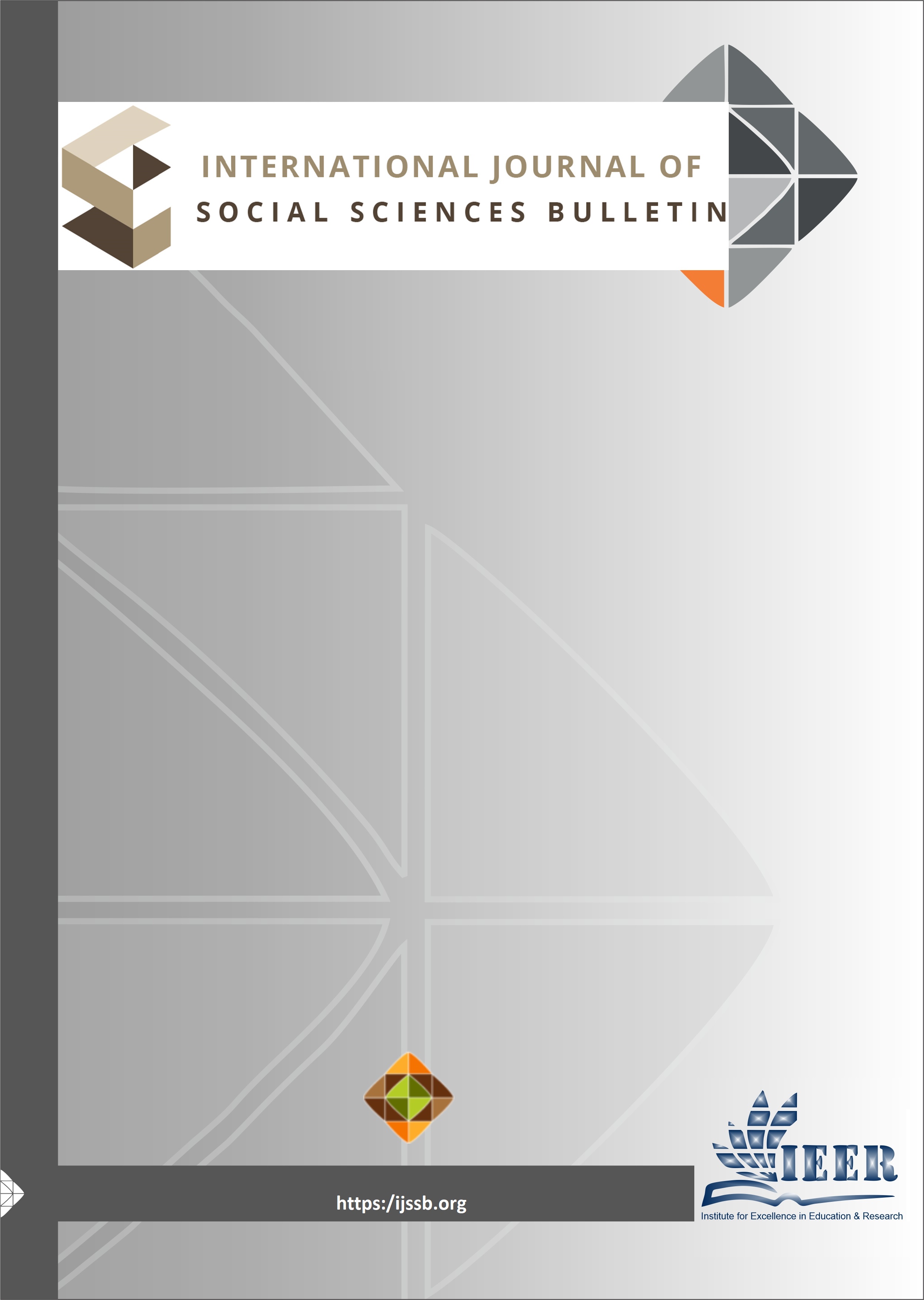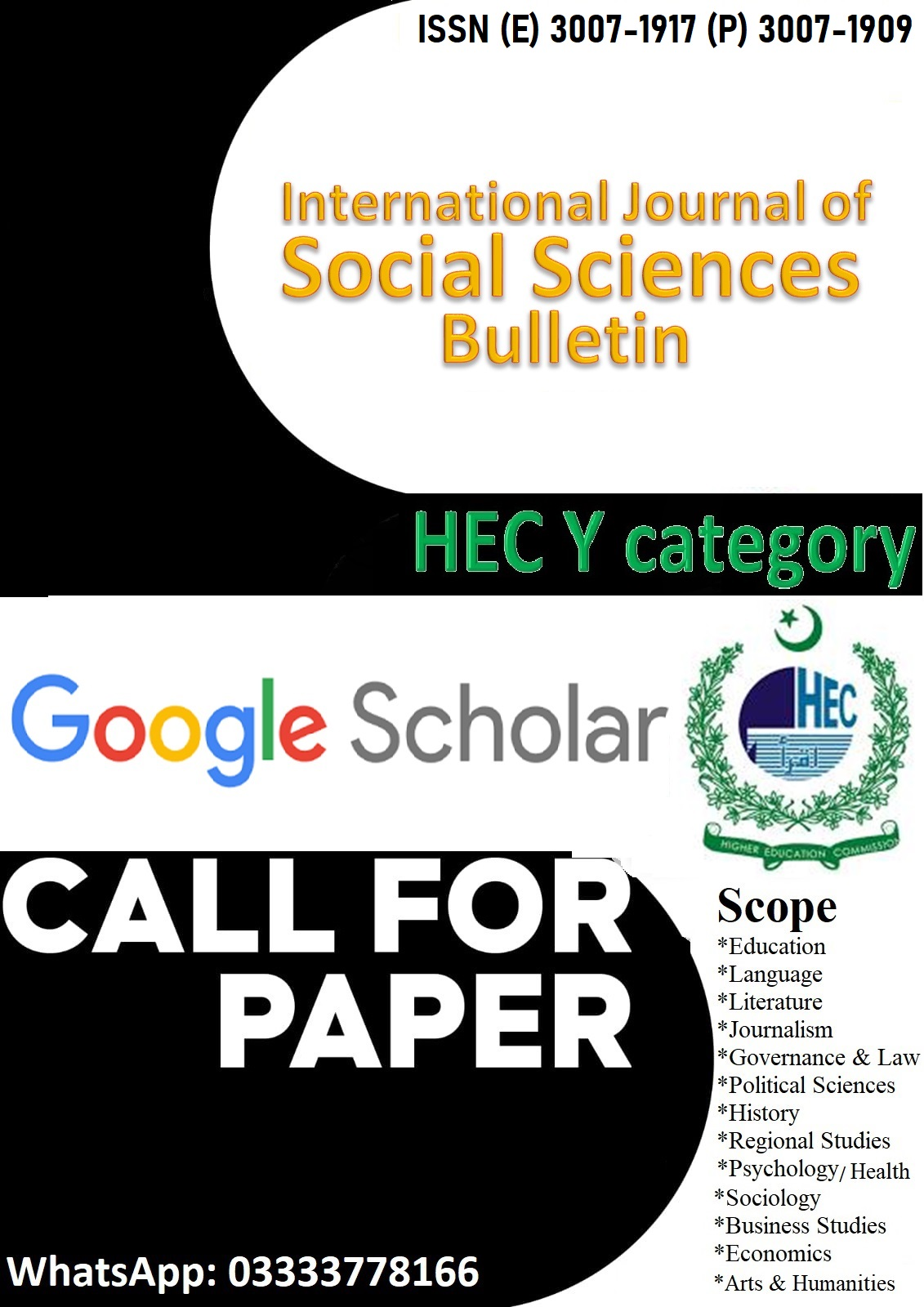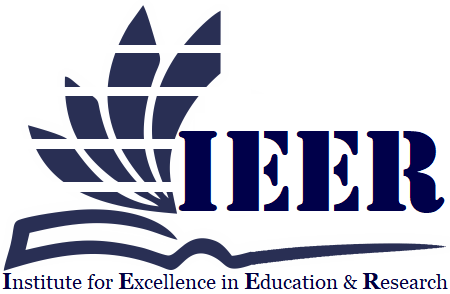COMPARATIVE ANALYSIS OF MACHINE TRANSLATION AND HUMAN TRANSLATION: A QUALITATIVE STUDY OF QUAID-E-AZAM MUHAMMAD ALI JINNAH'S SPEECH
Keywords:
machine translation, human translation, accuracy, efficiency, contextual understanding and cultural understandingAbstract
The emergence of artificial intelligence (AI) has sparked extensive debate within the academic community regarding its potential opportunities and challenges. In academic filed AI is using to perform various activities. Different AI tools are used for translation purpose as well. This investigative study is carried out to comparison between machine translation and human translation in order to know the emerging patterns (similarities and differences). The study is based on qualitative research and to conduct the study one speech of Quaide Azam Muhammad Ali Jinnah has been selected as a sample of the study to find out efficiency, accuracy, cultural and contextual understanding. The study also aims to know about the significance of human translation and the strength and drawbacks of machine translation. Moreover, the study highlights that human translation is important due to the protection of cultural and historical perspectives about a text. This study applies Nida’s Dynamic Equivalence Theory (1964) to make a comparison between human translation and machine translation. Dynamic Equivalence is a translation approach that prioritizes equivalent meaning and effect between the source and target texts.
Downloads
Published
Issue
Section
License

This work is licensed under a Creative Commons Attribution-NonCommercial-NoDerivatives 4.0 International License.

















